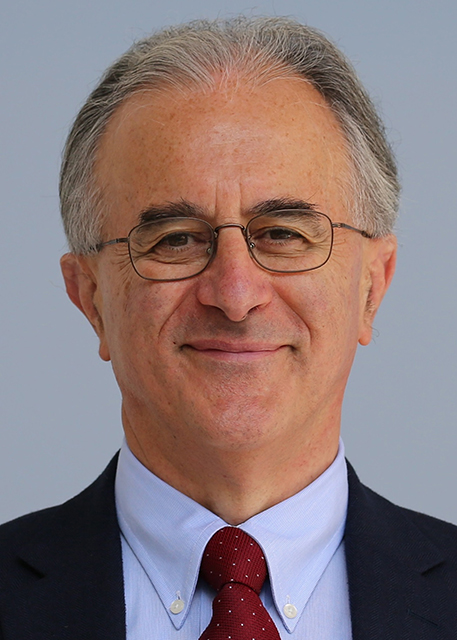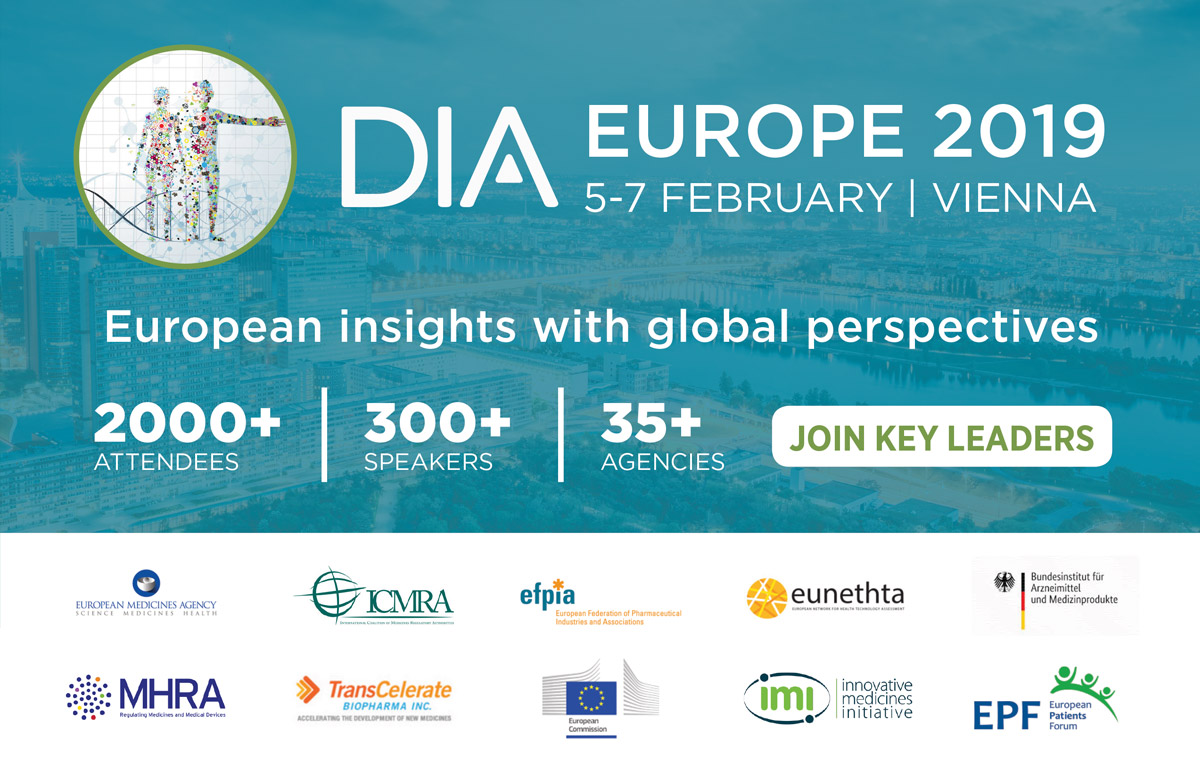December 2018 Global Forum
Table of Contents
A Multi-Stakeholder Initiative
DIA Annual Canadian Meeting 2018
Transformation Through Collaboration
Why Bytes and Spit Are Not Enough
Opioids, Cannabis, and Ads
AROUND THE GLOBE
AVAREF Update Based on 2018-2020 Strategic Plan
Insights from the Asia-Pacific Medical Device Regulatory Summit 2018
COMMUNITY Spotlight
EXECUTIVE LEADERSHIP
“Eyes on the Stars, Feet on the Ground”
Subscribe
Love Global Forum‘s new online format? Subscribe today and never miss an issue.
Executive Leadership | From the Editor-in-Chief
December 2018
“Eyes on the Stars, Feet on the Ground”

Alberto Grignolo
Editor-in-Chief
Global Forum
Fellow of DIA
ith these words, European Medicines Agency Executive Director Guido Rasi opened his keynote address at the DIA Japan Annual Meeting last month. This was no ordinary civil service speech.
The “stars” are the disruptive scientific innovations occurring all around us at accelerating speeds within the global healthcare landscape. They drive unprecedented opportunities to alleviate and cure diseases. Regulators know this, and they are paying attention. Today’s regulators see themselves as regulatory scientists and enablers – the bridge between science and better health. To the surprise of many (old-timers), most sophisticated regulators today work hard to remove roadblocks to applied innovation, not to create them.
Editorial Board
Content stream editors
Translational science
Gary Kelloff US National Institutes of Health
David Parkinson ESSA Pharma, Inc.
regulatory science
Yoshiaki Uyama Pharmaceuticals and Medical Devices Agency (PMDA)
Adora Ndu BioMarin Pharmaceutical, Inc.
Patient engagement
Deborah Collyar Patient Advocates In Research (PAIR)
Lode Dewulf Servier
Value & access
Edith Frénoy European Federation of Pharmaceutical Industries and Associations (EFPIA)
Sean Tunis Center for Medical Technology Policy (CMTP)
Editorial Staff
Alberto Grignolo, Editor-in-Chief PAREXEL International
Ranjini Prithviraj, Senior Managing Editor, Associate Director DIA Publications
Sandra Blumenrath, Science Writer DIA Publications
Chris M. Slawecki, Senior Digital Copyeditor DIA Publications
Regional Editors
AFRICA
David Mukanga Bill and Melinda Gates Foundation
ASEAN
Silke Vogel Duke-National University of Singapore Medical School
AUSTRALIA/NEW ZEALAND
Richard Day University of New South Wales, Medicine, St Vincent’s Hospital
CANADA
Judith Glennie JL Glennie Consulting, Inc.
Megan Bettle Health Canada
CENTRAL AND SOUTH AMERICA
Jaime Oliveira Bayer S/A
CHINA
Ling Su Shenyang Pharmaceutical University, Lilly Asia Ventures
EUROPE
John Lisman Lisman Legal Life Sciences
INDIA
J. Vijay Venkatraman Oviya MedSafe
JAPAN
Junichi Nishino Novartis
US
Ann Meeker-O’Connell IQVIA
DIA Membership
Bringing together stakeholders for the betterment of global health care.
The Value and Funding of Alzheimer’s Disease Treatments
A Multi-Stakeholder Initiative
Nicholas Gertler
Co-Founder
Matt Diver
Co-Founder
lzheimer’s disease presents an enormous global burden. Despite historic setbacks, significant research and development resources continue to pour into the project of finding an effective treatment. But developing a drug that works is only part of the challenge. Health systems and innovators need to be ready to deal with the unique challenges that the introduction of these drugs will present. Given the complexity of the task and the level of popular and political interest in the outcome, healthcare systems are well-served to plan ahead or face rushed decision making amidst significant public pressure once an efficacious drug is reported.
Paying Patients for Their Expertise: What is Fair?
Marc Boutin
Chief Executive Officer
National Health Council
atients, their caregivers, and patient organizations are eager to provide their expertise and experience to improve the medical product development process so that these products better meet their wants and needs. But when patients provide their input into the development of products and treatments, how should they be fairly compensated for their time and expertise?
Companies are struggling with establishing what is appropriate and acceptable compensation. They need the patient perspective so that the treatments and products they develop will be used by patient communities; they also want to fairly demonstrate the value they place on patients and patient group expertise. Many company compliance and legal departments are in a quandary over what to do. Similarly, patients and patient groups do not know what to charge.
To answer this question, the National Health Council (NHC) has embarked on a project to develop a tool—typically referred to as the Fair Market Value (FMV) Calculator—that would help calculate fair payment for patients and patient organizations. The goal of the project is to ensure that all stakeholders confidently enter into ongoing, compliant, and sustainable engagement efforts to effectively drive healthcare innovation based on patient insights in a trustworthy and meaningful manner.
Proceedings: DIA Annual Canadian Meeting 2018
Proceedings from the DIA Annual Canadian Meeting
Transformation Through Collaboration
Megan Bettle
Director
Regulatory Review of Drugs and Devices
Health Canada
rug regulation in Canada doesn’t have to be scary, even at Halloween. October 29, 30, and 31 saw the DIA Annual Canadian Meeting in Ottawa with approximately 130 attendees from industry, regulatory authorities, and other interested parties. This year’s theme, transformation through collaboration, perfectly describes many of the regulatory modernization initiatives being undertaken by the Canadian regulator, Health Canada, and to which drug and device stakeholders are responding.
Key Takeaways
- Collaboration has always been important, but regulators need to do it even better than before.
- A modern regulator needs to have agile domestic frameworks to be able to respond to the technologies of the future.
- There is a need to connect more with small businesses and the developers of emerging technologies to support the development of the transformative products of the future.
- Ongoing multi-stakeholder engagement and collaboration is a best practice for finding the best solutions to complex issues.
Proceedings: DIA Annual Canadian Meeting 2018

Plenary Session: Perspectives in Regulatory Cooperation
Megan Bettle
Director
Regulatory Review of Drugs and Devices
Health Canada
his plenary session focused on federal government regulatory modernization efforts as well as updates across other players in the healthcare system and the impacts of these changes on the pharmaceutical industry. Health Canada’s ongoing modernization work is part of a broader initiative to update government regulation.
Key Takeaways
- Regulatory modernization initiatives in Canada are developing to respond to complex products, technological advances that challenge older regulatory frameworks, and ongoing initiatives to support innovation in the health and biosciences space.
- Regulatory cooperation can support innovative products coming to market and reduce administrative burden.
![]() Podcasts
Podcasts
R2D2 & C-17 New Landmarks in Canada’s Collaborative Pathways
Proceedings: DIA Annual Canadian Meeting 2018

Exploring New Pathways to Market
Megan Bettle
Director
Regulatory Review of Drugs and Devices
Health Canada
s a smaller market, Canada is often not the place of first submission of a new product; CIRS data show a consistent submission gap with larger jurisdictions, such as Europe or the US. How can the Canadian regulator adapt to decrease this gap? Is it even possible?
Key Takeaways
- Canadian regulatory modernization aims to create agile new pathways by which products can come to market.
- International work-sharing, parallel advice with health technology assessment (HTA) organizations to support early product development, and, where appropriate, relying on the decisions of regulatory partners are some of the tools now being developed.
- However, there are multiple factors which affect business decisions and the timing of drug submissions to a smaller marker like Canada, not all of which might be addressed by ongoing initiatives.
Proceedings: DIA Annual Canadian Meeting 2018

Responsible Onboarding of Precision Medicine – Why Bytes and Spit are Not Enough
Megan Bettle
Director
Regulatory Review of Drugs and Devices
Health Canada
his session on precision medicine opened with the observation that “medicine has always been personal.” The ability to identify disease-associated gene mutations and follow them through families has broadened this concept. Inherited diseases are rarely just about the individual.
Key Takeaways
- Advances in genetic testing and technologies have led to rapid advances in the ability to diagnose disease, but the adoption of these new technologies necessarily results in trade-offs: costs in one area of the healthcare system take away from other areas.
- Responsible onboarding of precision medicine requires understanding not just of genotypes, but of how disease mutations are manifested, the uncertainties inherent in the testing, and the types of support that patients will need in their interactions with the healthcare system.
Proceedings: DIA Annual Canadian Meeting 2018

Best Practices in Policy Development and Direction – Opioids, Cannabis, and Ads
Megan Bettle
Director
Regulatory Review of Drugs and Devices
Health Canada
oing beyond the pharmaceutical space, this session focused on best practices for developing government policy. How can governments really ensure that health policies reflect the needs of the population, as well as regulated policies?
Key Takeaways
- Best practices for meaningful government engagement with stakeholders need to evolve with the particular situations and stakeholders.
- Policy thinking needs to evolve with changes in technology and communication.
Around The Globe
Harmonized Tools for Clinical Trial Regulation in Africa
AVAREF Update Based on 2018-2020 Strategic Plan
David Mukanga
Senior Program Officer Regulatory Affairs, Africa Systems
Bill and Melinda Gates Foundation
n increasing number of sponsors is targeting Africa to conduct clinical trials, especially for diseases endemic to the continent, e.g., malaria, tuberculosis, diarrhea, and visceral leishmaniasis.
The African Vaccine Regulatory Forum (AVAREF), a network of National Regulatory Authorities (NRAs) and national Ethics Committees (ECs) on the African continent, was established in 2006 by the World Health Organization to strengthen the regulation of clinical trials with the support of different partners. However, the assessment of various NRAs led by the World Health Organization (WHO) with the global benchmarking tool revealed that different NRAs are at different maturity levels. This heterogeneous regulatory landscape presents regulatory challenges for sponsors willing to conduct clinical trials in the continent.
Around The Globe
Convergence, Disruption, and Talent Development
Insights from the Asia-Pacific Medical Device Regulatory Summit 2018
Silke Vogel
Ananda Padmanabhan Muthalagu
Hozanna Ngoh
Duke-NUS Medical School, Singapore
he medical technology industry in Asia-Pacific is set for continued expansion with an expected market growth to about $133 billion (US) a year by 2020.
This positive outlook is largely due to the rapid rate of technological development coupled with increasing demand for innovative healthcare technologies to meet the needs of a growing and aging population burdened with high prevalence of chronic diseases. The medical technology industry and regulatory stakeholders in the region are gearing up for the inevitable challenges that will also come with these evolving trends.
![]() Podcasts
Podcasts
Automation No Substitute for Scientific Leadership
Community Spotlight
What’s In a Name? The Medical Science Liaison Community Is on the Move
Lynn Bass
Director
Medical Science Liaisons, Americas
Santen, Inc.
he Medical Science Liaison, the MSL, or the Field Medical Team? Regardless of the title, the critical role this function serves within both Medical Affairs and Research and Development (R&D) teams across the pharmaceutical industry is becoming more evident with each passing year.
Our DIA MSL Community demonstrated that 2018 was no exception as we witnessed continuing expansion of current MSL teams, along with the appearance of new teams across the industry.
In years past, MSLs have served as a bridge of communication between R&D/Medical Affairs teams and both their internal and external stakeholders. However, the emergence of sophisticated science drugs with complex and even unknown mechanisms of action have increasingly demonstrated the need for MSL team expansions.
To meet the needs of both new and tenured MSLs, the DIA’s MSL Community once again sponsored a successful 2.5-day track within the Medical Affairs and Scientific Communications (MASC) Forum in March 2018. In year five of the stand-alone MSL track, a core team of industry leaders developed a robust program covering a wide range of topics, including positive disruption within the MSL role, gathering medical and scientific insights, regulatory changes and updates, appropriate metrics for MSL teams, and other topics relevant to the MSL role.


Thanks for reading our December 2018 Issue!









